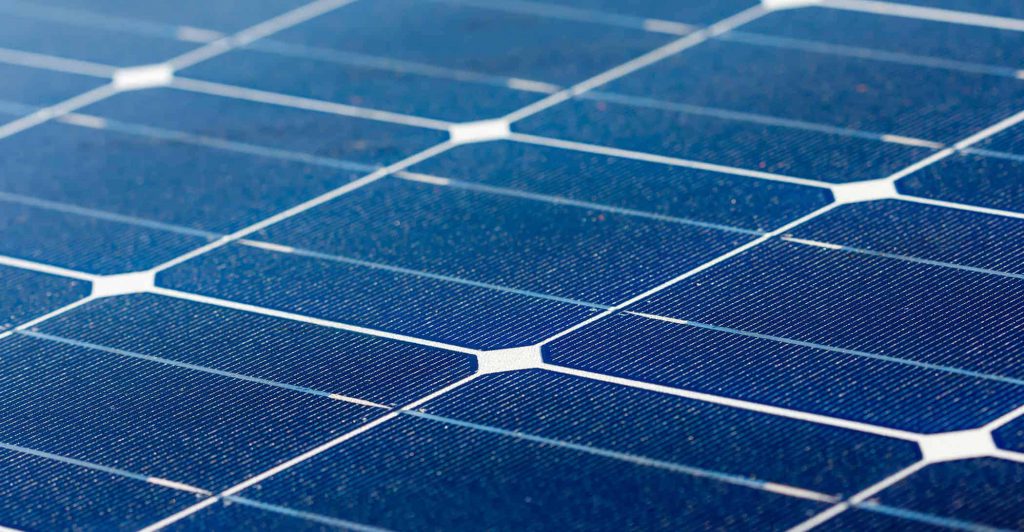Solar power. Everyone’s talking about it, but with terms like photons, watts, and cells being more akin to an episode of Star Trek, what exactly are we talking about?
More importantly, just how much energy can a solar panel produce?

The Lingo – Measurements
We’re going to go ahead and assume you’re not an expert in the solar energy field. Here’s some electrical nerd lingo to impress your friends and get you started:
- Watt – A unit of electrical power.
- Kilowatt (kW) – One thousand UNITS OF ELECTRICAL POWER, kidding. 1000 Watts.
- Kilowatt hour (kWh) – the consumption of 1000 watts for one hour.
- Photovoltaic (PV) – A technology that converts sunlight into direct current (DC) electricity.
- Direct Current (DC) – A form of electricity where current runs continually in a single direction. This is the form of electricity generated by a solar panel.
Solar Energy 101
Now that we’ve got the lingo down and all our friends are impressed, everyone gets the gist of how a solar panel works, right? It’s easy. Sunlight is absorbed by the panel which is then turned into electricity.
Seems pretty straight forward. But let’s go a bit deeper; a solar panel is comprised of individual components called photovoltaic (PV) cells.
These PV cells are in charge (no pun intended) of capturing sunlight, in the form of photons, which are then converted into direct current (DC) electricity.
Often solar panels are linked together to form larger ‘arrays’ and can be scaled up or down to suit an individual’s power needs! Cool, right?
Energization & Generation
Ok, so we know how they work, but what amount of energy are solar panels capable of generating? And how exactly does this translate to the real world?
The amount of energy able to be produced by a solar panel is determined by several factors.
These factors include but are not limited to, PV cell efficiency, physical panel size, and panel placement under the sun. Let’s walk through each one:
PV Cell Efficiency
The advancement of technology is often our friend, and the case of solar panel efficiency is no exception.
While it may not seem like a lot, the 21% efficiency of today’s modern panels is impressive compared to the 4% reached by Bell Labs in 1954. This means 21% of all sunlight absorbed by the panel is converted into usable energy.
Physical Panel Size
They say bigger is not always better, but in respect to the energy produced by a solar panel, it most certainly is.
You see, greater surface area amounts to more PV cells per panel and therefore more sunlight particles able to be captured and converted! Nowadays, the average residential solar panel is approximately 5.4 feet by 3.25 feet and is made up of around 60 individual PV cells.
Large scale, commercial panels can be upwards of 6 feet long and can consist of over 98 PV cells!
Panel Placement
Like a nice sun tan, solar panel productivity is relative to placement under the sun. The Office of Energy Efficiency & Renewable Energy states that in the Northern Hemisphere, panels do best when faced directly south, enabling maximum light exposure throughout the day.
Panels should also be tilted at an angle equal to the local latitude. Different geographical locations and climate conditions can also impact solar efficiency. Did you know solar panels actually perform better in colder environments than hot ones?
The same is true of places that have sunnier versus cloudy days… but that one’s pretty self-explanatory, right?

Real World Applications
So how does all of this relate to the real world? All the factors discussed above (PV cell efficiency, physical panel size, panel placement) add up to what’s known as a power rating.
Power rating indicates the amount of power an individual panel can produce under ideal conditions (direct sunlight). Modern solar panels typically produce between 260 and 300 watts of power for residential use.
For context, according to Christopher Helman in Forbes, the typical cellphone uses about 1kWh of power per year.
This means that a single 300W solar panel could power your cellphone, for an entire year, on only 3.5 hours of direct sunlight!
Ok, so now imagine being able to harness the power of the sun, all while doing work (or not) in between classes. Sunbolt solar workstations provide the ability to charge your device while you study, work, or take a lunch break and are 100% renewable.
Like options? We offer four different styles in a variety of power ratings:
| Style | Power Rating | Charges per Day |
| CampusXL | 1200W | 75-150 |
| Momentum | 1200W | 75-150 |
| Velocity | 660W | 75-150 |
| Dash | 150W | 50-75 |


